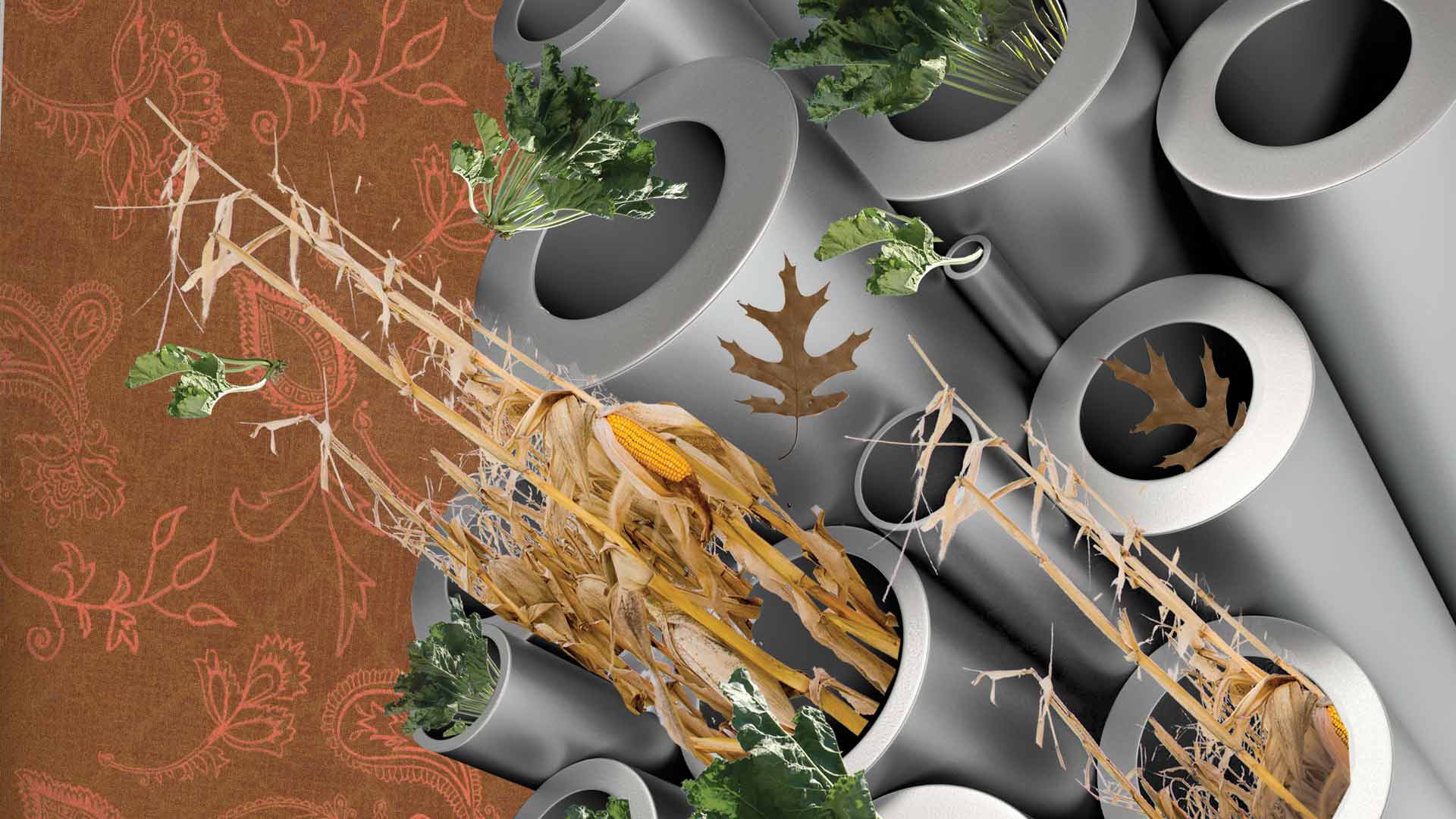Crookston, Minn. — Like farm animals, anaerobic digesters perform best when fed the right diet. An AURI initiative is giving northwest Minnesota processors a better idea of what’s on the menu.
Conducted by University of Minnesota-Crookston student Becky Johnson, an AURI-sponsored study inventoried northwest Minnesota feedstocks. Animal waste, food processing leftovers, yard waste and other feedstocks could potentially feed the region’s anaerobic digesters, which produce methane to generate energy.
“There are companies and communities evaluating digesters for waste handling and methane gas production,” says Jennifer Wagner-Lahr, AURI project director. “We are looking to see how we can boost gas production by incorporating something else that is a problematic waste.”
For example, American Crystal Sugar, based in Moorhead, Minn., processes sugar beets and produces mass quantities of processing leftovers, which could be used to fuel a digester. In fact, Crystal Sugar has a pilot-sized digester in Moorhead powered by beet tailings. The waste tailings are sugarbeet chips, too small to process, and vegetation that mixes in with beets during harvest.
The company has been considering an additional full-scale unit if it’s economical. However, Crystal Sugar only processes beets about nine months out of the year. The digester would essentially be idle the other three months unless other feedstocks could be found to fuel it.
“Having other available feedstocks may be key to viability,” says Dave Malmskog, American Crystal Sugar economic analysis director. “If we are able to identify two or three significant items we could add, it could be a game changer in terms of economic feasibility.”
After several months taking inventory of potential fuel streams, Johnson has determined there is enough feedstock supply to meet potential demand. “If (processors) are truly dedicated, they could find a way. It would be a matter of getting the right contacts and finding synergies, but there are enough resources.”
The feedstock inventory is the first phase of AURI’s initiative to evaluate biogas production potential. Subsequent efforts include testing AURI’s small-scale digester in Waseca to determine how well the feedstocks can be digested, verify how much gas they produce, and identify the proper ratio for blending available fuels.
“We’re taking a stab at a really big question by focusing on a smaller region,” Wagner-Lahr says. “By the time we are done with this project, hopefully we’ll be able to answer questions about what the methane production is from combinations of these feedstocks, then suggest best practices for how they could be co-digested.”
The Northwest Minnesota Methane Digester Feedstock Inventory report is available on AURI’s website: www.auri.org.
PROJECT SNAPSHOT
AURI and biogas feedstocks
AURI project director Jennifer Wagner-Lahr led a study to identify available feedstocks for biogas production in northwest Minnesota.
Idea to Opportunity
Use processing waste as main ingredient or part of a blend to produce biogas through anaerobic digestion. Inventory available materials that could be used to produce biogas.
Outcomes
Feedstocks identified and will be test in digesters to determine gas output.
